Enhanced Security Features
Security remains a top priority for organizations, particularly in sectors that handle sensitive information. The Mainframe Market is witnessing a surge in demand for advanced security features that mainframes offer. With cyber threats becoming more sophisticated, mainframes provide a secure environment for data storage and processing. In 2025, it is estimated that around 40% of enterprises will prioritize mainframe solutions for their security capabilities. The inherent architecture of mainframes, combined with continuous updates and enhancements, ensures that they remain resilient against potential breaches. This focus on security not only protects organizational data but also fosters trust among clients and stakeholders.
Increased Demand for Data Processing
The Mainframe Market experiences heightened demand for robust data processing capabilities. Organizations are increasingly reliant on mainframes to handle vast amounts of data efficiently. This trend is driven by the need for real-time analytics and decision-making. In 2025, the mainframe segment is projected to account for approximately 30% of the total enterprise computing market. The ability of mainframes to process large volumes of transactions simultaneously positions them as a preferred choice for sectors such as finance and healthcare, where data integrity and speed are paramount. As businesses continue to generate and analyze data at unprecedented rates, the mainframe's role in ensuring seamless data processing becomes increasingly critical.
Integration with Emerging Technologies
The integration of emerging technologies such as artificial intelligence and machine learning into the Mainframe Market is transforming traditional computing paradigms. Mainframes are increasingly being utilized to support these technologies, enabling organizations to leverage their existing infrastructure while adopting innovative solutions. In 2025, it is anticipated that approximately 25% of mainframe users will implement AI-driven applications to enhance operational efficiency. This integration allows for improved data analysis, predictive modeling, and automation of routine tasks. As organizations seek to remain competitive, the ability to harness the power of emerging technologies through mainframes is likely to drive further adoption and investment in this sector.
Cost Efficiency and Resource Optimization
Cost efficiency is a driving force behind the continued relevance of the Mainframe Market. Organizations are increasingly recognizing the potential for resource optimization that mainframes offer. By consolidating workloads onto a single mainframe, companies can reduce operational costs associated with maintaining multiple servers. In 2025, it is projected that businesses utilizing mainframes will experience a 20% reduction in total IT expenditures. This cost-effectiveness, combined with the longevity and reliability of mainframe systems, makes them an attractive option for enterprises looking to streamline their IT infrastructure. As organizations strive to maximize their return on investment, the mainframe's role in achieving cost efficiency becomes increasingly pronounced.
Regulatory Compliance and Data Governance
The Mainframe Market is significantly influenced by the need for regulatory compliance and data governance. As regulations surrounding data protection and privacy become more stringent, organizations are turning to mainframes to ensure compliance. In 2025, it is expected that around 35% of enterprises will rely on mainframe solutions to meet regulatory requirements. Mainframes provide robust frameworks for data management, enabling organizations to maintain accurate records and facilitate audits. This capability is particularly crucial in industries such as finance and healthcare, where compliance is non-negotiable. The ability of mainframes to support data governance initiatives positions them as essential tools for organizations navigating complex regulatory landscapes.
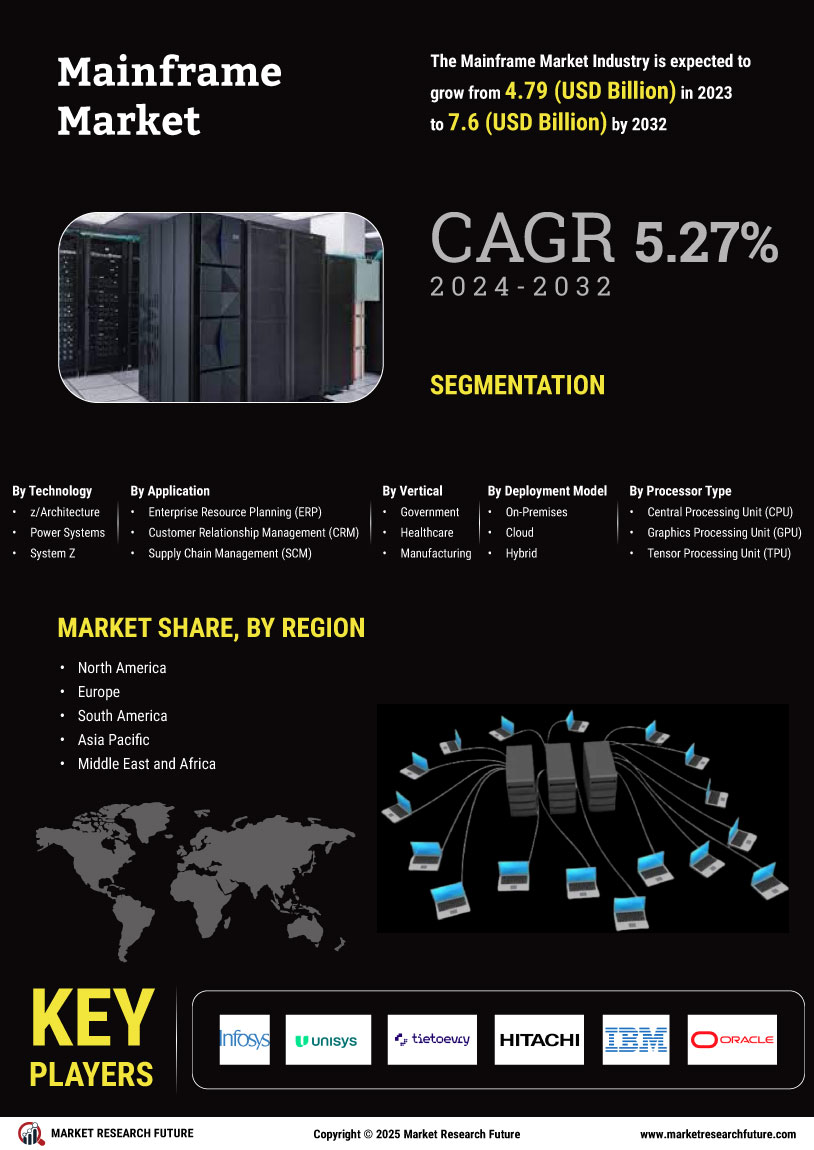
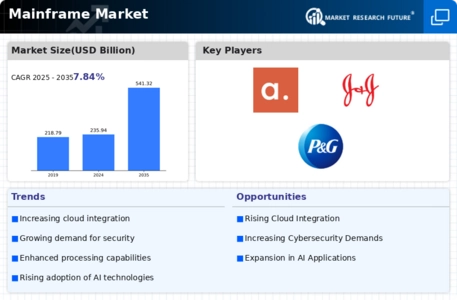
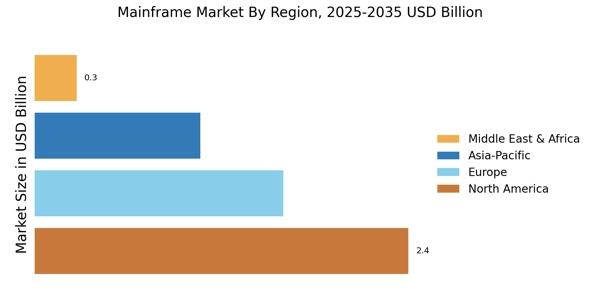
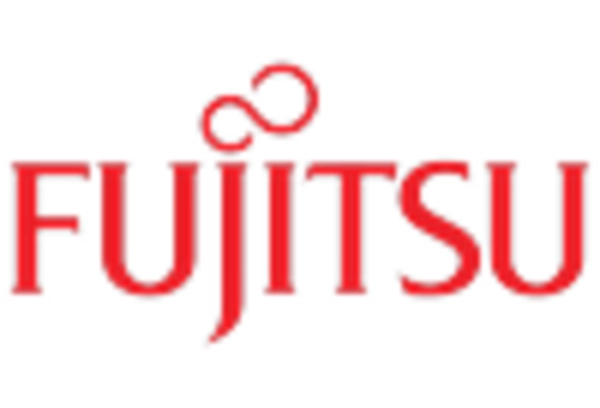

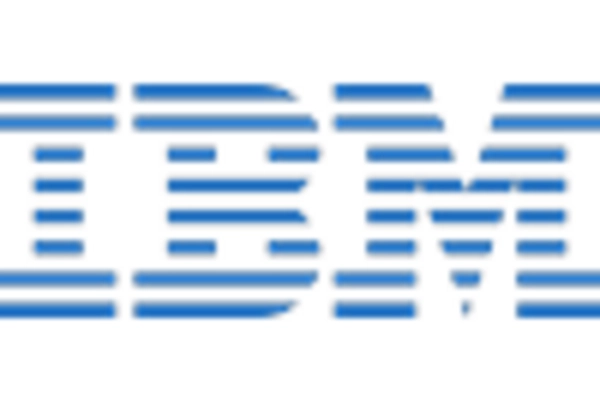


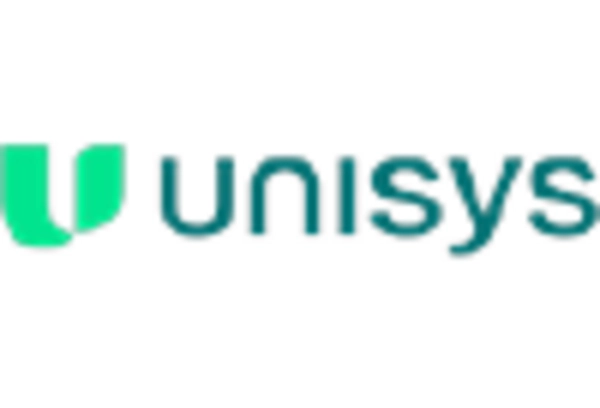








Leave a Comment